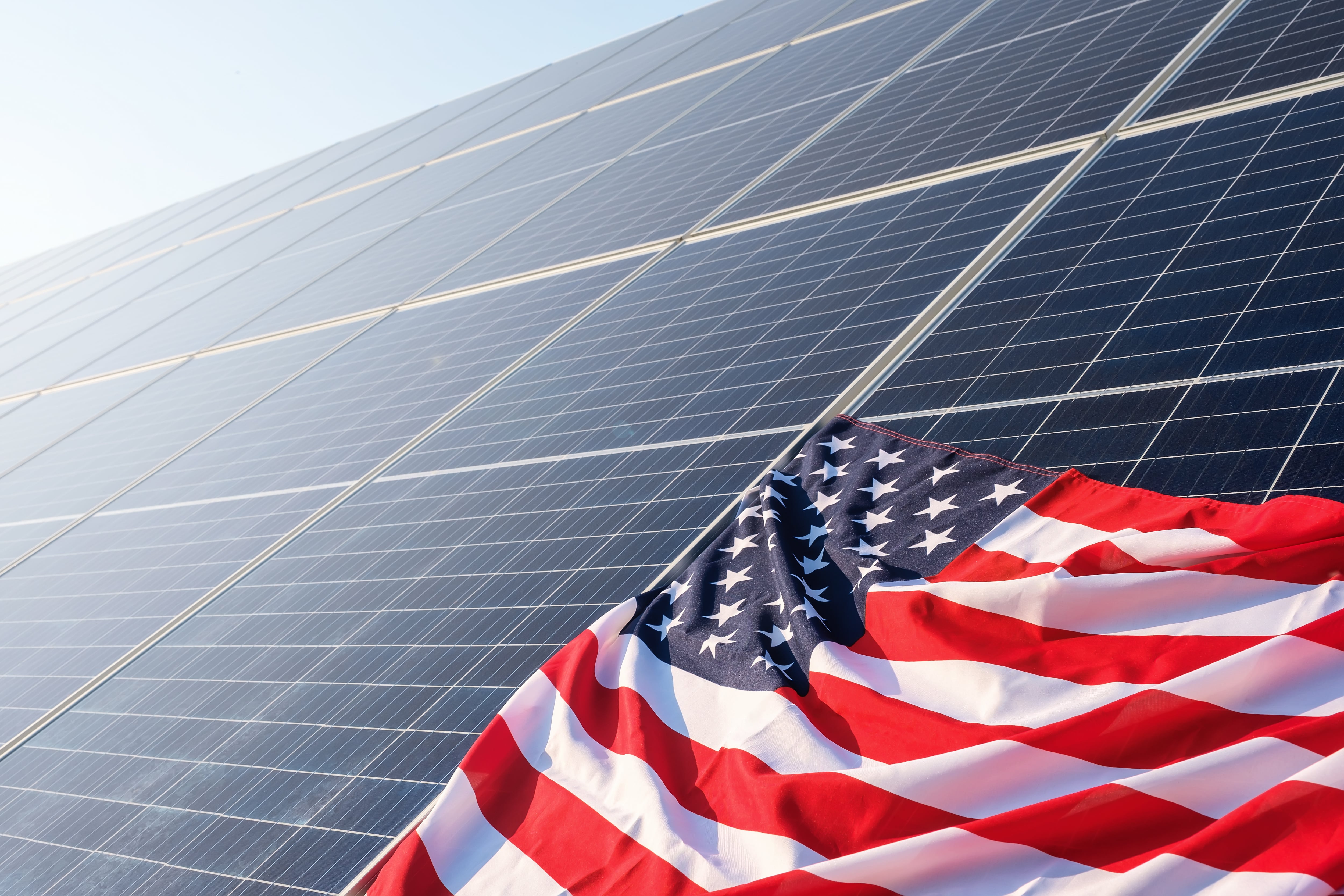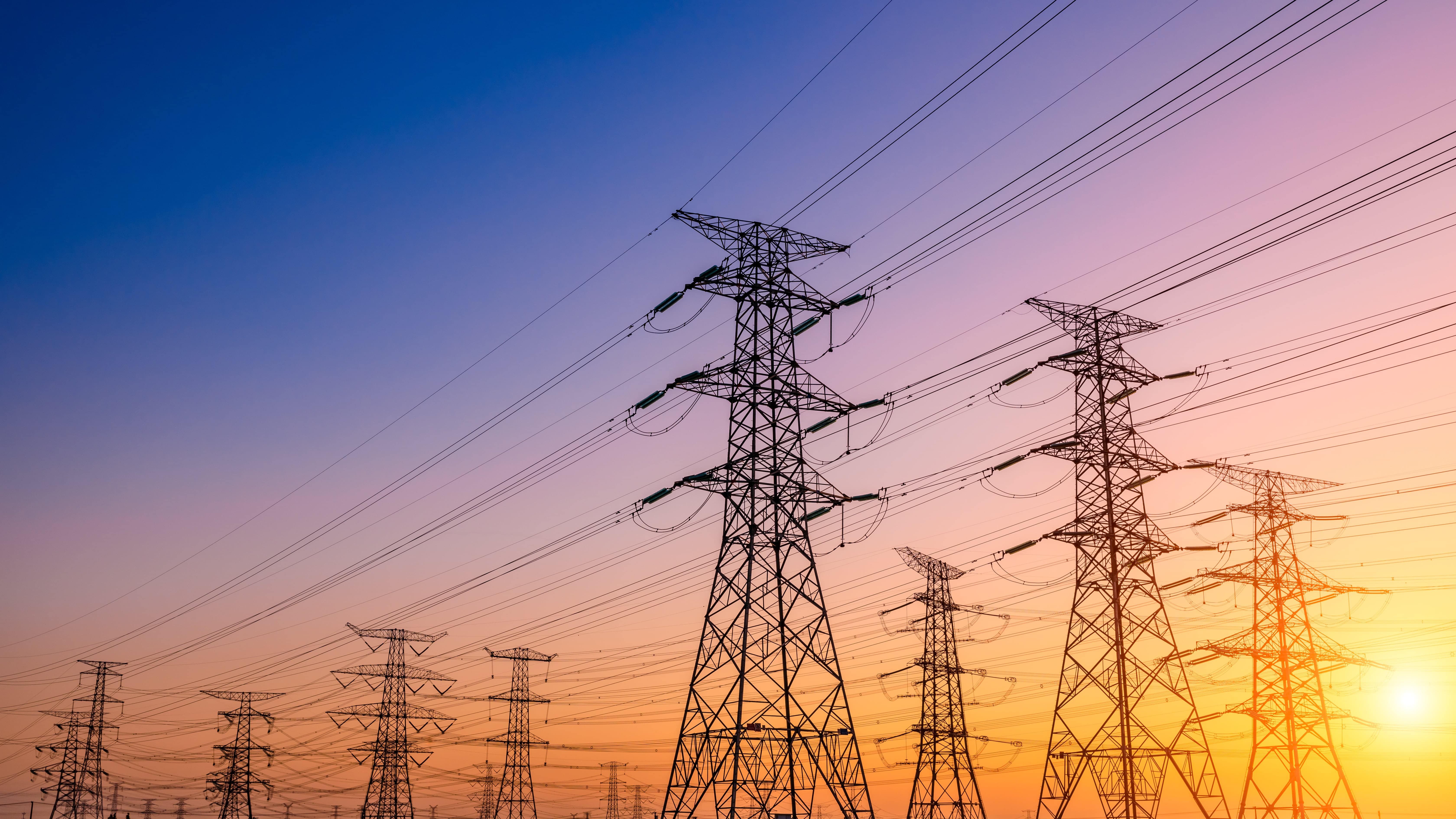Solar Is the Ultimate Democratization of Power.

Every civilization is fundamentally solar. The modern world has modified this in two important ways: it depends on fossilized stores of solar energy extracted as coal, crude oil and natural gases and it increasingly relies on electricity generated by burning fossil fuels, harnessing solar radiation, or using nuclear energy.
Consider where we are today: the power under the control of a modern US household would have been available only to a Roman latifundia owner of about 6,000 strong slaves, or to a nineteenth-century landlord employing 3,000 workers and 400 big draft horses. Put differently, an average American has the same access to energy that only a handful of people could have afforded a hundred years ago. Energy back in that day was self-generated. Lamps lit by oil, heaters warmed by burning coal, and horses pulling carts powered human lives. Individual families created their own energy.
Read More About: How Many Solar Panels Do You Need?
But that has been true since we discovered fire approximately two million years ago. It took us a million more years to use fire to cook and warm ourselves. We hunted and gathered for a living and moved around when we ran out of resources. Another million years passed and roughly 12000 years ago we discovered farming and civilizations came into existence. For the first time in our history, we didn’t have to source food and nutrition on our own. Farmers grew cereals and lentils and vegetables, traded them for items of value. Supply chains were born and our first mode of exchanging energy (physiological energy created by consumption of food as well as heat created through burning biomass fuels) was created. These two were the only energy networks that our species participated in until the advent of the greatest revolution in energy exchange: electricity.
Electricity took the biomass/fossil fuel energy network out and replaced it with an instant and more powerful substitute. Now the same fossil fuels are burnt hundreds of miles away and the energy thus generated is supplied directly to our homes over massive electric grids. In 1882, Edison completed the world’s first coal-fired stations in London and New York. Then came several important inventions: steam turbines, transformers, the conversion of direct to alternating current, and most significantly, high voltage transmission. Alternatives to fossil-fuel based energy soon followed. State-supported construction of hydroelectric plants took off in the 1930s in both the US and USSR. American projects included iconic constructions such as the Hoover Dam (1936) and the Ground Coulee on the Columbia River (1941). The world’s first nuclear power station, Calder Hall in the UK, was commissioned in 1956.
Read More About: Solar Panel Price

Energy in the form of electricity had transformative, seismic shift in the fortunes of our species. Electricity powered industries, innovation, the creation of information technology, the rapid improvement in medical care, and overall wellness of all human beings. In parallel, it created its own superstructure of political oversight, gatekeepers, and middlemen. Electricity today is generated and distributed by mega corporations and regulated (often heavily) by governments. As individuals we have little say in what we pay for power or the quality of power, not to mention how today’s electricity generation affects our land, water, and air. Nearly 60% of electricity is still generated by burning fossil fuels (see figure below)

U.S. utility-scale electricity generation by source, amount, and share of total in 2022.
To make matters worse, we are consuming more and more. US energy consumption shot up from 1.7TWh in 1975 to 4TWh in 2022. The invention and mass adoption of electric vehicles will only drive this higher.
However pessimistic that might sound, all is not lost because in parallel, another revolution has been brewing. In 1883, the inventor Charles Fritts discovered the photovoltaic properties of selenium coated with gold. Believing that he could produce substantial energy, he built and installed the first solar array in New York City. By the 1950s, Bell Laboratories realized that semiconducting materials such as silicon were more efficient than selenium. They managed to create a solar cell that was 6 percent efficient. Since then, the efficiency of solar cells has only been increasing and the cost of solar has been coming down and consequently the technology has gone from a niche to a mass adopted solution beginning at the end of the last millennium. Between 2000 and 2015 solar production increased nearly two hundred and thirty-fold, creating a large ecosystem of manufacturers, installers, and advocates.
Today, solar is cheap and accessible enough that you can install it with cash or loan, and it pays for itself in roughly six years. The solar installation itself lasts for 25 years! More importantly, you gain control of your energy, your power, free of gatekeepers and oversight. What’s more, by reducing dependency on fossil-fuel based grid-supplied power, we make our world cleaner, safer, and more inhabitable.
In a way, we have come a full circle. Energy back in the hands of individuals and families. And not in some anachronistic sense. This is not a call for a return to tedious older times but an argument for self-sufficiency and self-determination. Solar energy is democratizing energy every day. And, in the truest sense, making the world a better place.
So, what are you waiting for?
